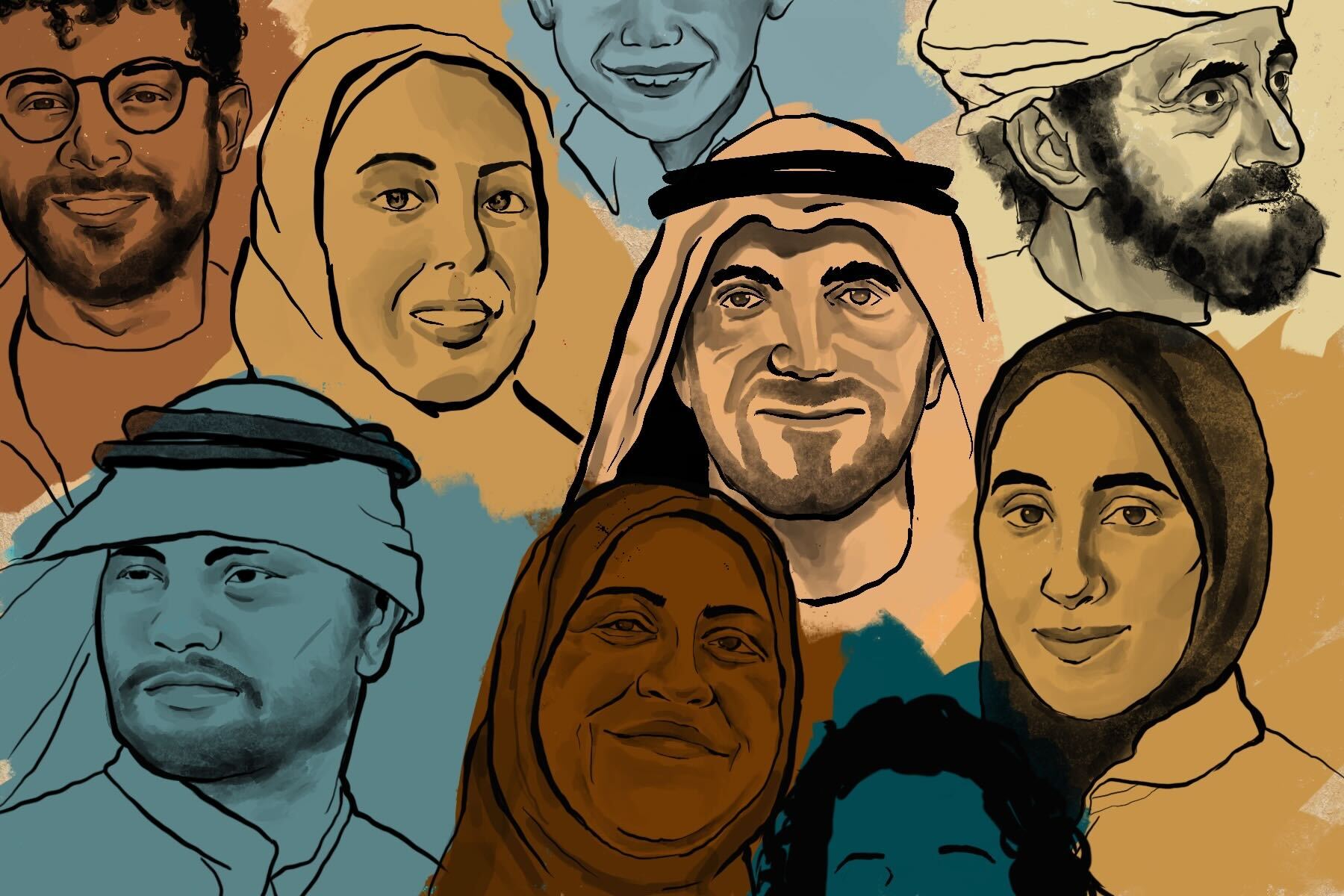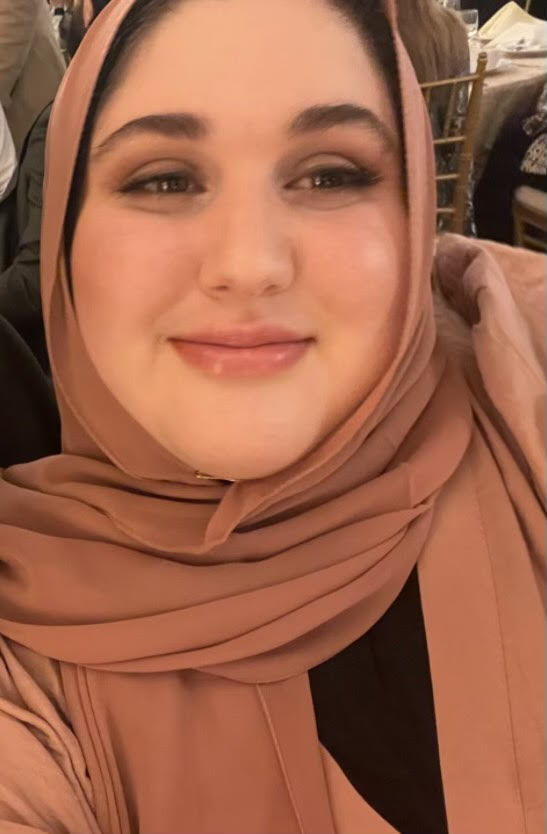“Arab American” is a term used to collectively refer to Americans of Arab descent. They have a long history in the United States, with immigration from various countries in the Arab world beginning in approximately 1880. It started when people in the Ottoman Empire left to seek job opportunities and separate themselves from political conflict, then continued until around 1924 when the U.S. government instituted the Johnson-Reed Act. This act prioritized immigration from European countries and slowed down immigration from the Middle East and North Africa. Arab immigration began to increase again post-World War II after the U.S. made exceptions for professionals and people with sought-after skills, like physicians and engineers. Additionally, The Refugee Relief Act allowed the immigration of some Palestinians in 1953 after the establishment of the state of Israel led to hundreds of thousands of Palestinians being displaced from their homes. Immigration picked back up again around 1965 and continued to increase until around 2017 when former president Donald Trump instituted travel bans limiting immigration from Arab and Muslim countries.
Immigration from Arab countries continued to wax and wane for many years for various reasons. The result was the natural creation of a new community in the U.S. of Arab Americans. In the Arab world, individual countries have their own diverse customs and cultural practices; for instance, while some countries share the same type of cuisine or have a specific dish in common, each country has its own way of making that meal, with different cooking techniques and varying ingredients. However, this previous individualism morphed into an opportunity for all immigrants from the Arab world to coalesce into a broader Arab identity — Arab Americans. For decades now, many Arabs living in America oftentimes do not solely identify themselves with the country of their forebearers, but rather collectively refer to themselves as Arab or Arab American as well. At this point, being an Arab American is an identity in and of itself.
This new community came with its own set of challenges, both inter- and intrapersonally. While many Arab Americans can find kinship with one another in a Western country regardless of any conflicts that involve their country of ethnic origin, the differences can still cause some tension between people. It is well known that there is infighting between some Arab countries and those tensions can bleed into relationships between Arab Americans from different countries. It is natural to have loyalty toward one’s country of ethnic origin, particularly if your country of origin has been demonized or victimized in the past. Most Arab Americans are raised with ethnic pride and a deep connection to their country of origin, and this devotion can cause slight strife with their Arab American peers from other countries. While this can cause a brief sense of separation between them and their peers, they will often still find themselves uniting and supporting one another in the face of racism and discrimination.
Part of intrapersonal conflict among Arabs and other Americans is the feeling of being “othered.” As citizens of the United States, many Arab Americans want to feel like they belong as Americans but feel as if there’s a disconnect between them and their coworkers, friends and classmates. Not only did racism post-9/11 contribute to these feelings of ostracization, but there is also a feeling of needing to stay close to their ethnic culture and the desire to not lose the memories and customs of their ancestors. While connecting with one’s roots does not always mean being disconnected from your American identity, this was and continues to be a concern for many Arab Americans.
On the other side of the coin, many Arab Americans with lighter skin feel out of place in Arab America due to their “white” skin but still feel ostracized from their American peers. This creates a great deal of confusion — a common phrase among white-passing Arab Americans is “too white for Arabs and too Arab for white people.” Many white passing Arab Americans also find themselves assimilating too much into American culture to the point where they begin to lose their ethnic identity and start disconnecting themselves from their family’s cultural customs. This is often due to discrimination, which results in embarrassment and shame, as well as a fear of being the subject of continued discrimination. Assimilation, to an extent, can be negative for Arab Americans when it leads to or is because of shame about who they are.
Arab Americans have always been categorized as white on official government forms and other forms, including the census, which undoubtedly contributes to difficulty when it comes to Arab American identity. It is also a gross misrepresentation of Arab Americans and affects funding for various services due to struggling Arab families being inappropriately counted. This has ramifications on education, health care services, social programs and affirmative action programs. Advocacy groups have unsuccessfully attempted to change this during both the Obama and Trump presidencies. Because of this, it is important that Arab Americans hold strong to their identities and continue to advocate for themselves and their existence in order to rectify how they are viewed.
In “Becoming Arab American,” Louise Cainkar defines the term “Arab American” as a “pan-ethnic, racialized identity that embraces non-whiteness while conferring a coherent position in a racially organized society.” While it is often confusing for Arab Americans to connect with their identity, it’s important for them to continue to do so. Staying in touch with your roots and your ancestors is vital in healing the hurt that comes from discrimination and racism, and this type of healing is greatly needed for Arabs living in America. It’s important for them to acknowledge that they are not white and that that’s okay. It’s also important that they recognize that their Arab identity does not need to conflict with their American identity and that the two identities can co-exist uniquely and wonderfully.

















